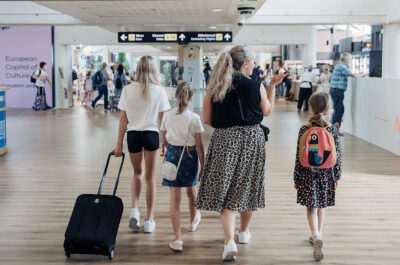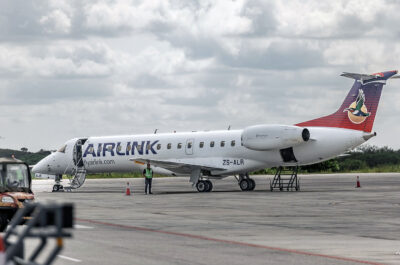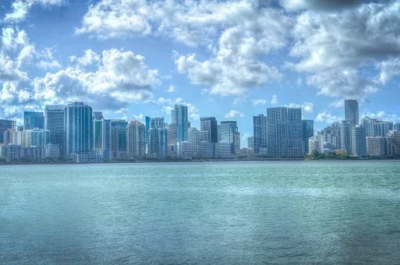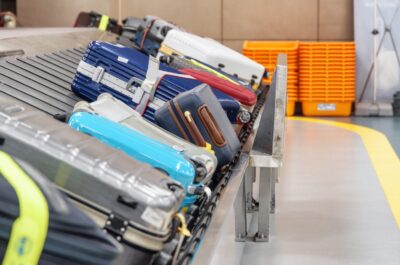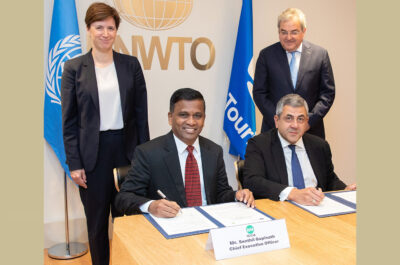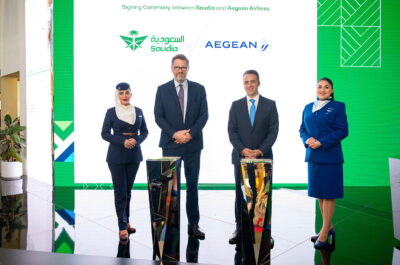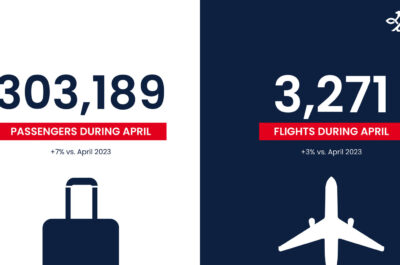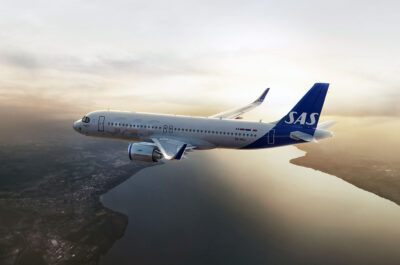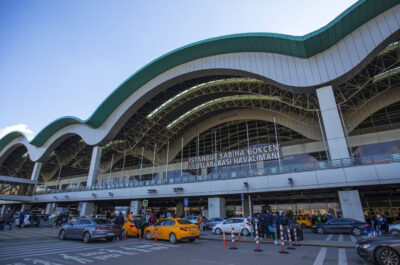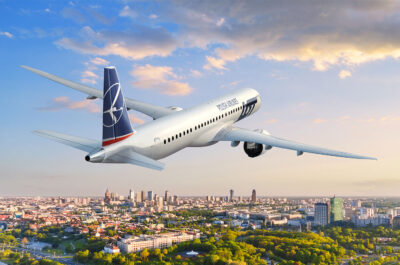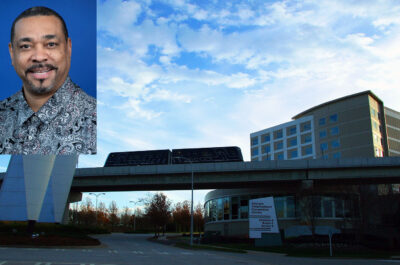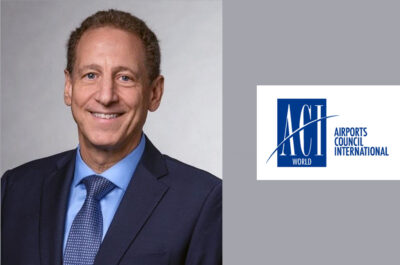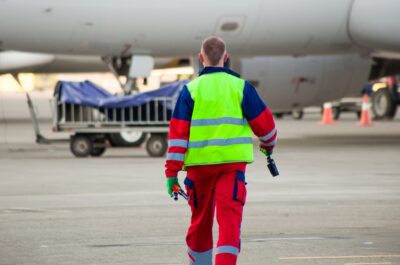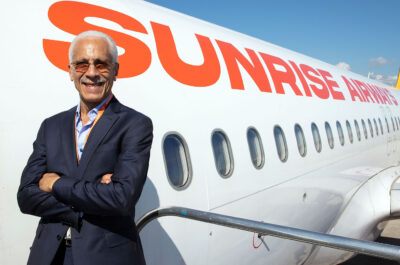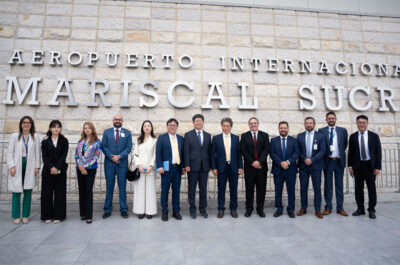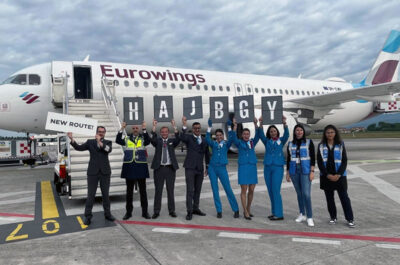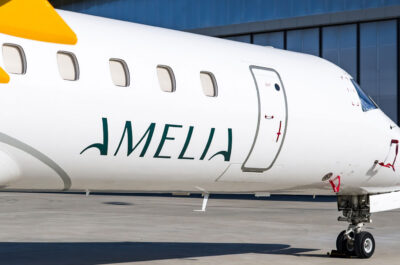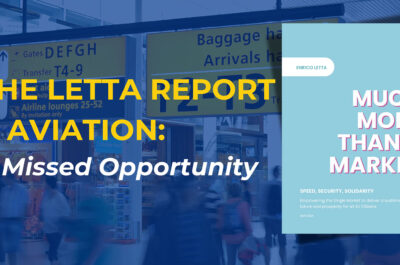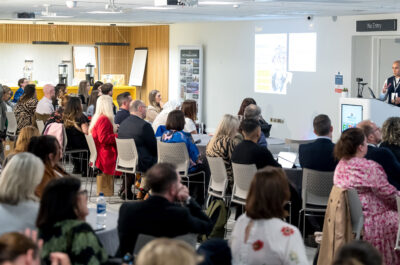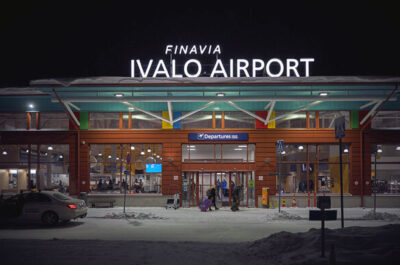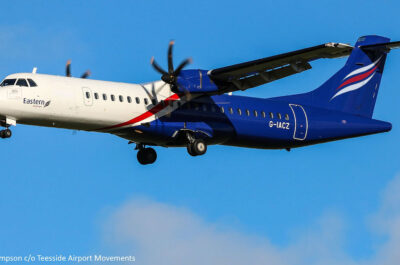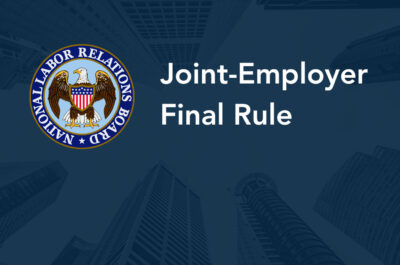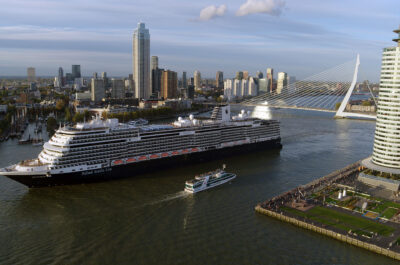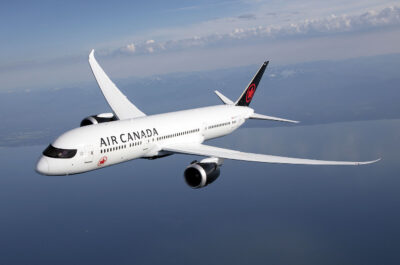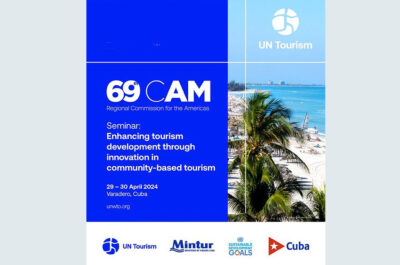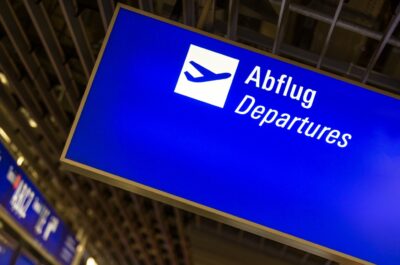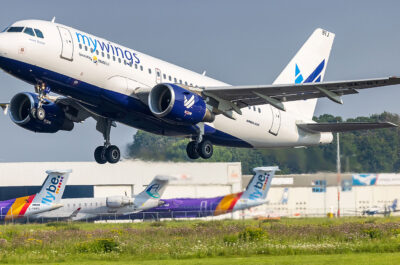CAPA offers a top 10 of key areas – some wholly external and, in other cases largely controllable – where airlines and the associated industry will need heightened awareness in this critical year, 2009. If they don’t, they have a good prospect of not having to worry about 2010. Each of the Risk outlooks #1-5 focussed on the airline outlook. The industry however depends entirely on the maintenance of adequate airways and airport infrastructure for its growth…
CAPA offers a top 10 of key areas – some wholly external and, in other cases largely controllable – where airlines and the associated industry will need heightened awareness in this critical year, 2009. If they don’t, they have a good prospect of not having to worry about 2010.
Each of the Risk outlooks #1-5 focussed on the airline outlook. The industry however depends entirely on the maintenance of adequate airways and airport infrastructure for its growth.
In this respect, there can be a substantial conflict in timing horizons for strategy decisions. Airlines can quickly go out of business if cash flow dries up; airports in particular must make long term, very high capital commitments. Here lie the seeds for dispute as industry conditions deteriorate.
Risk Item #6 – Airports and airways
Conflict to be the order of the day: long term priority conflicts with short term reality.
(In the aviation supply chain airports and air traffic control organisations generally occupy near-monopoly positions and relatively liberal aeronautical pricing regimes. However, when traffic slows, they have little power to influence events or to make major adaptations to their operating regime. This can result in a need to increase charges, especially where long-term capital projects may be jeopardised. And so we are about to embark on another round of industry confrontations.)
- Airports and air navigation service providers (ANSPs) are already looking down the barrel: consumer spending is down, travel is down, capital funding is suddenly harder to obtain;
- Their options for action are limited. Airports have limited ability to reduce costs, for example by reducing staff numbers, or by closing facilities. ANSPs, already desperately short of air traffic controllers and mostly lacking capital to make necessary infrastructure investments, immediately see their main revenue streams dry up as their main source of revenue – aircraft movements – reduces;
- European passenger traffic through ACI airports was down by more than 8% in Nov-08, tourism projections for many countries show immediate falls of anywhere from 4% upwards, and airport retail is suffering the double whammy of lower passenger throughput and more reluctant spenders;
- In these circumstances concerns about medium term capacity shortages quickly become overwhelmed. The vision of congested airspace, under-capacity terminals and inadequate operational areas is lost, as flights are reduced in response to slack demand;
- But history consistently shows the aviation sector bouncing back to long term trends, once economic setbacks are navigated – so that any cutbacks in planned investment now will come back to haunt the industry in a few years;
- Airports and ANSPs consequently tend, counter-cyclically, to seek to increase charges in order to maintain revenue streams, just when the airlines can least afford to pay.
Most likely scenario
1. Performance among airports will vary in this environment, but almost all will see downturns as tourism and business travel slows.
2. Smaller airports will suffer most: The more likely scenario is for smaller airports which rely more heavily on discretionary travellers to lose more services than larger airports with stronger business flows. Airlines rely on generating a mix of higher yielding traffic, so tend to cut exclusively tourism routes. These airports are likely to see several of their city pair markets terminated.
3. Larger/hub airports can generally expect traffic downturns in the region of 5-15%, as airlines cut back on capacity. At these major airports, network airlines will mostly reduce capacity on routes – rather than terminating services, thus maintaining the hub transfer flows.
4. Reduced revenue streams and a need to cut back on capital expenditures. Both the airport and the ANSP sectors will feel significant pain, as air services and airline load factors decrease.
5. Conflict with airlines over charges. On-airport retail is already suffering, leading to erosion of non-aeronautical revenues. As that occurs, there is little option for airports but to seek to increase charges if they are to maintain long term capital needs.
6. Similarly, ANSPs will suffer across the board reductions in income as airlines reduce frequencies. Where they are, looking to replace old infrastructure and to expand their workforces, they have nowhere else to go but to increase charges – or cut back on services and infrastructure investment.
7. The outcome, more head to head confrontations between airlines, airports and ANSPs – and infrastructure expansion will be put on hold. Not a good prospect for the longer term.
8. LCC-dominated airports will experience differing effects, depending on (i) which LCCs are involved and (ii) the airport’s level of dependence on this sector. One common factor will be an increased pressure on the airport to reduce charges, as LCCs – with lower fares and operating margins – are generally more prepared to shift operations elsewhere, when charges are high.

